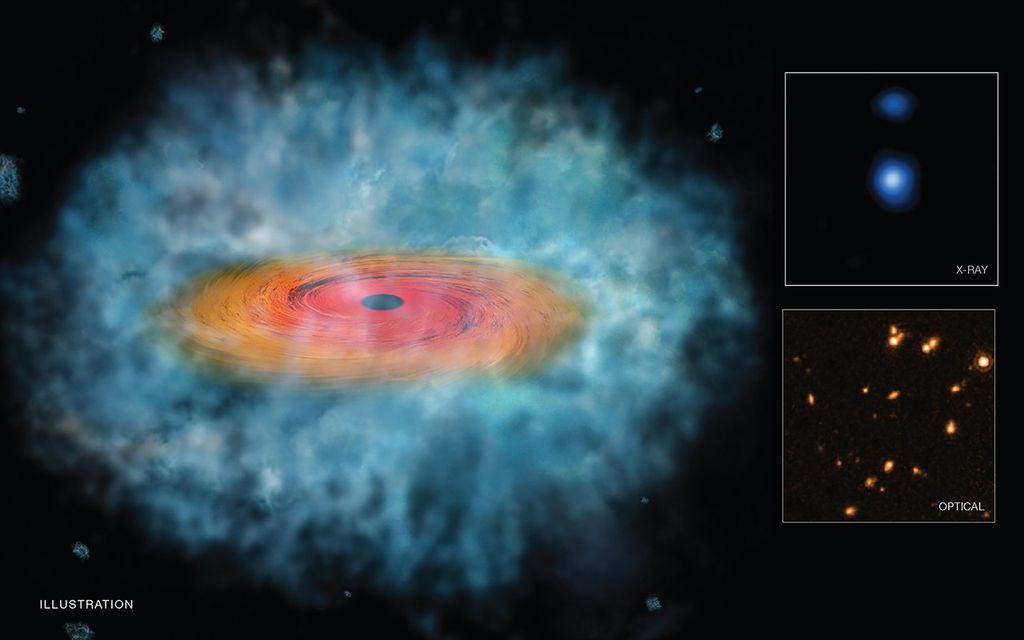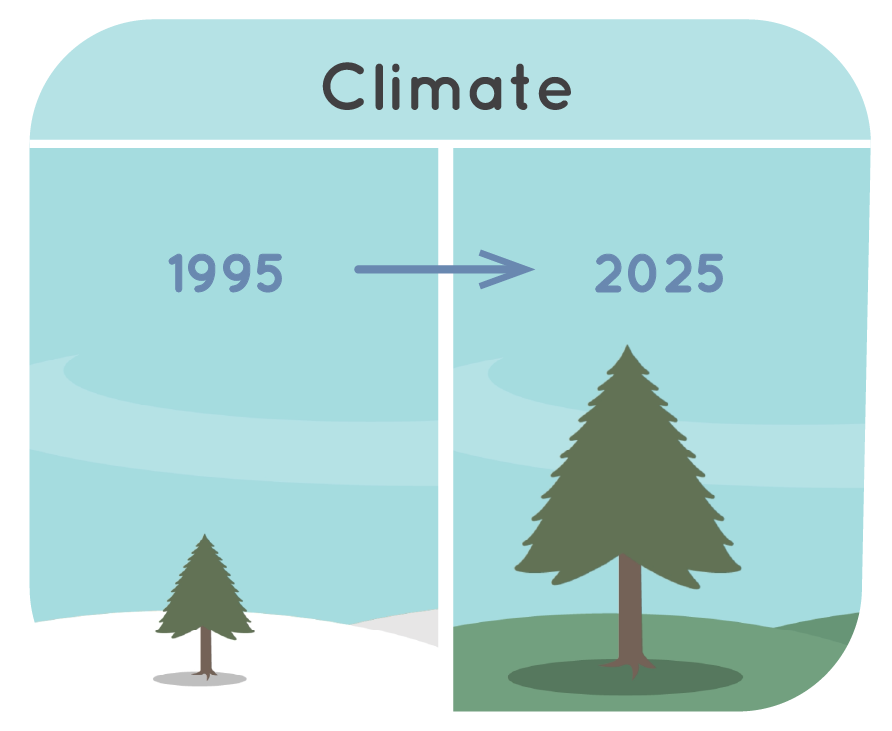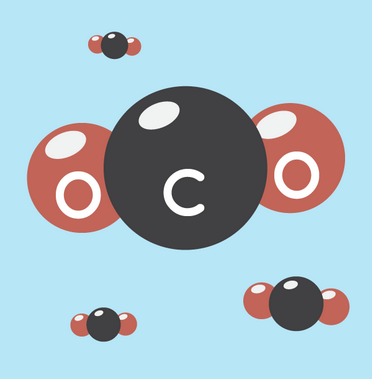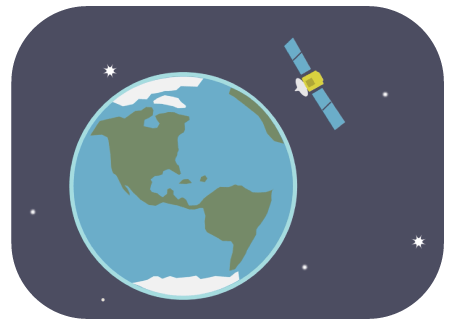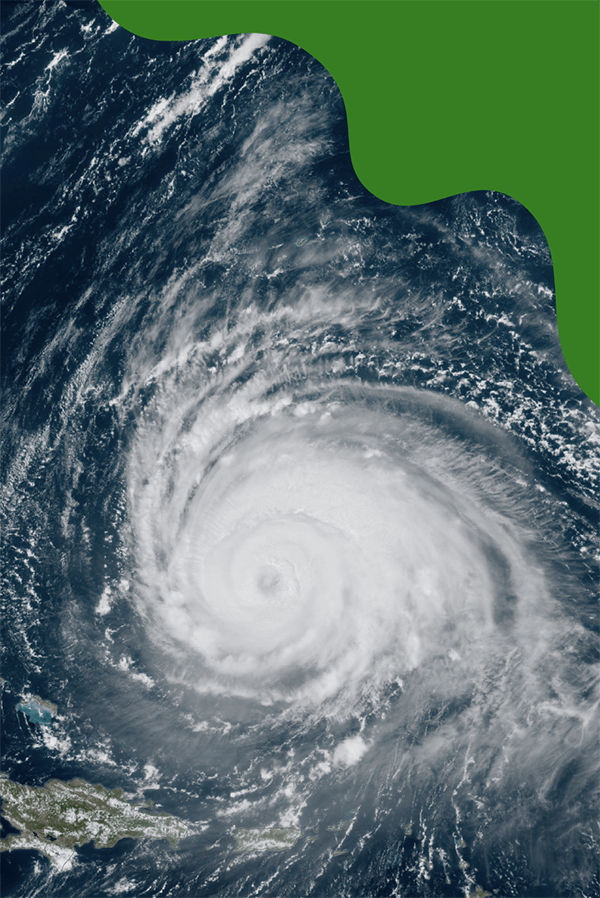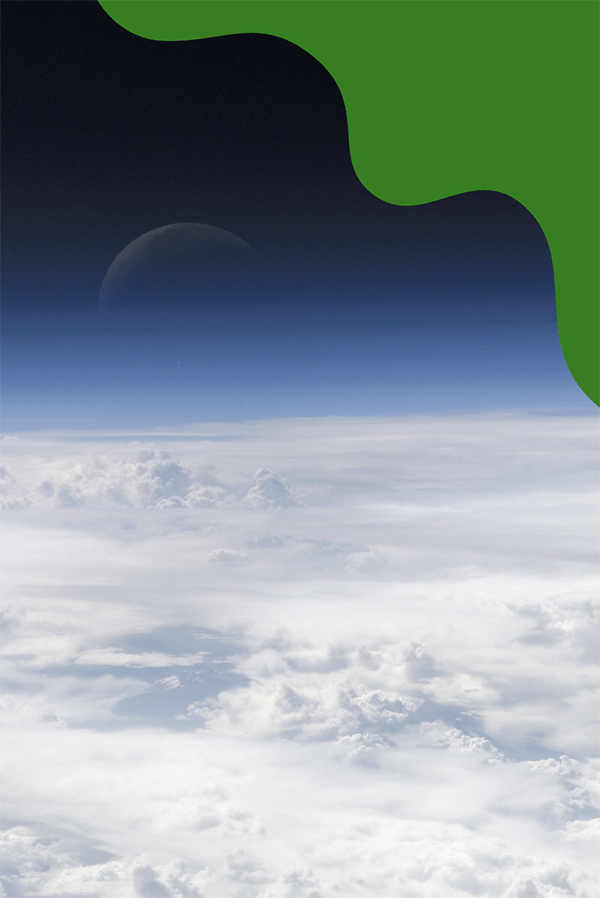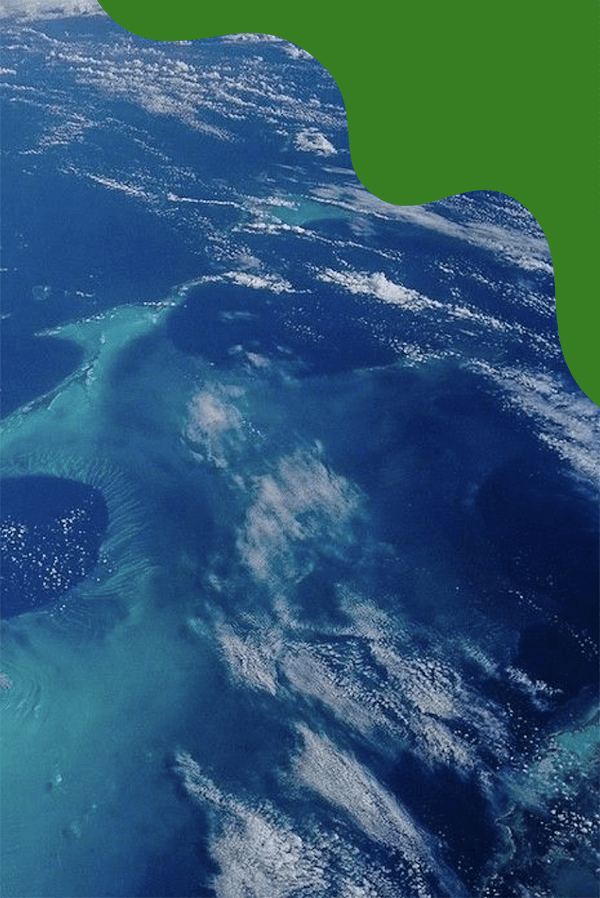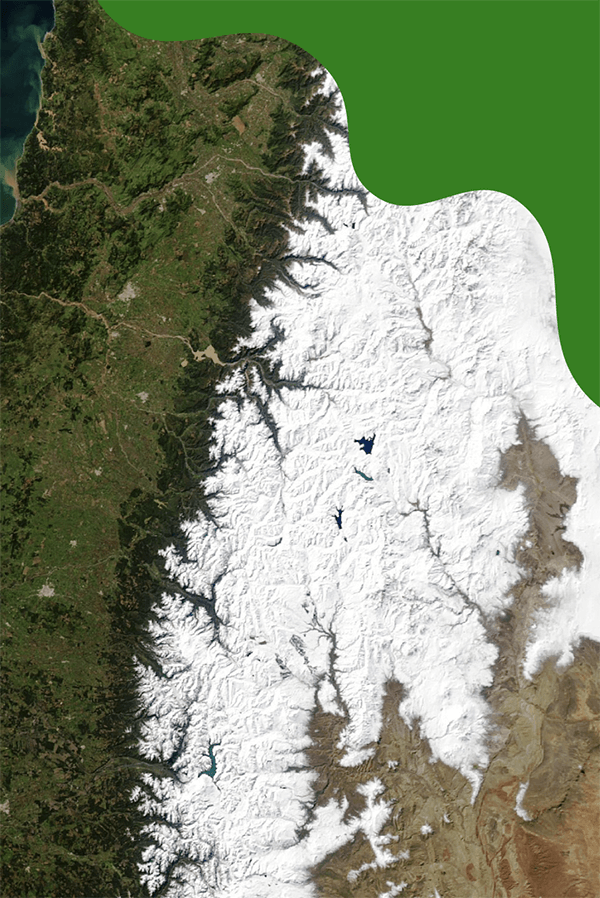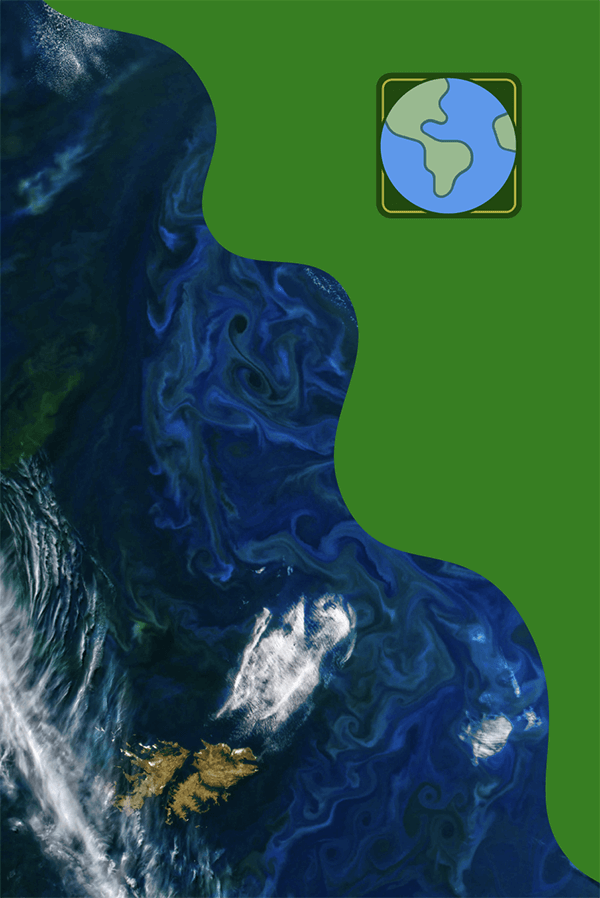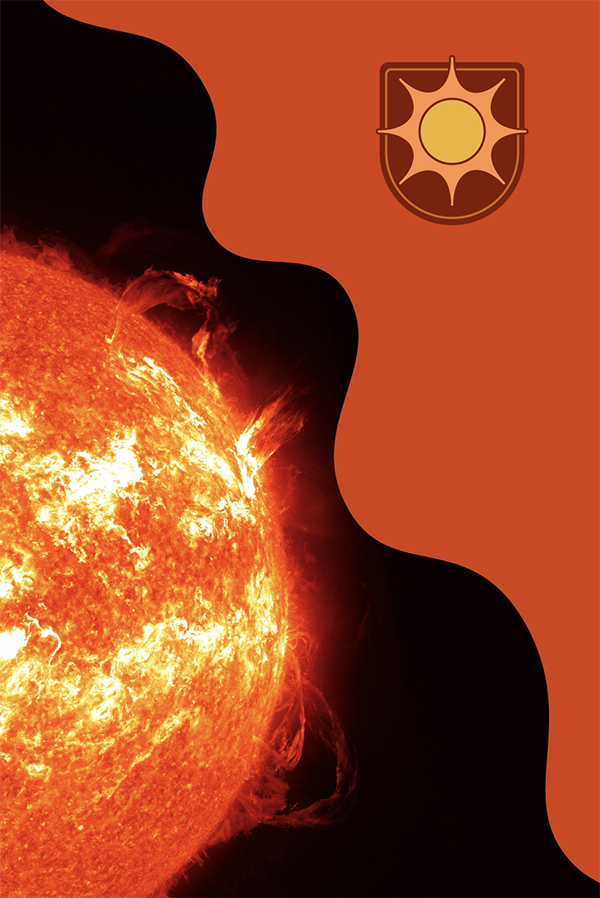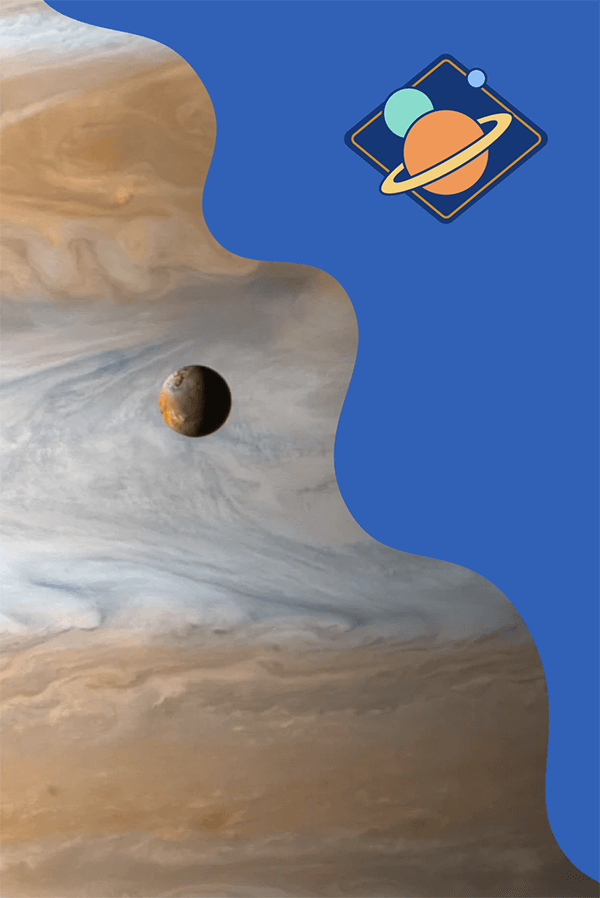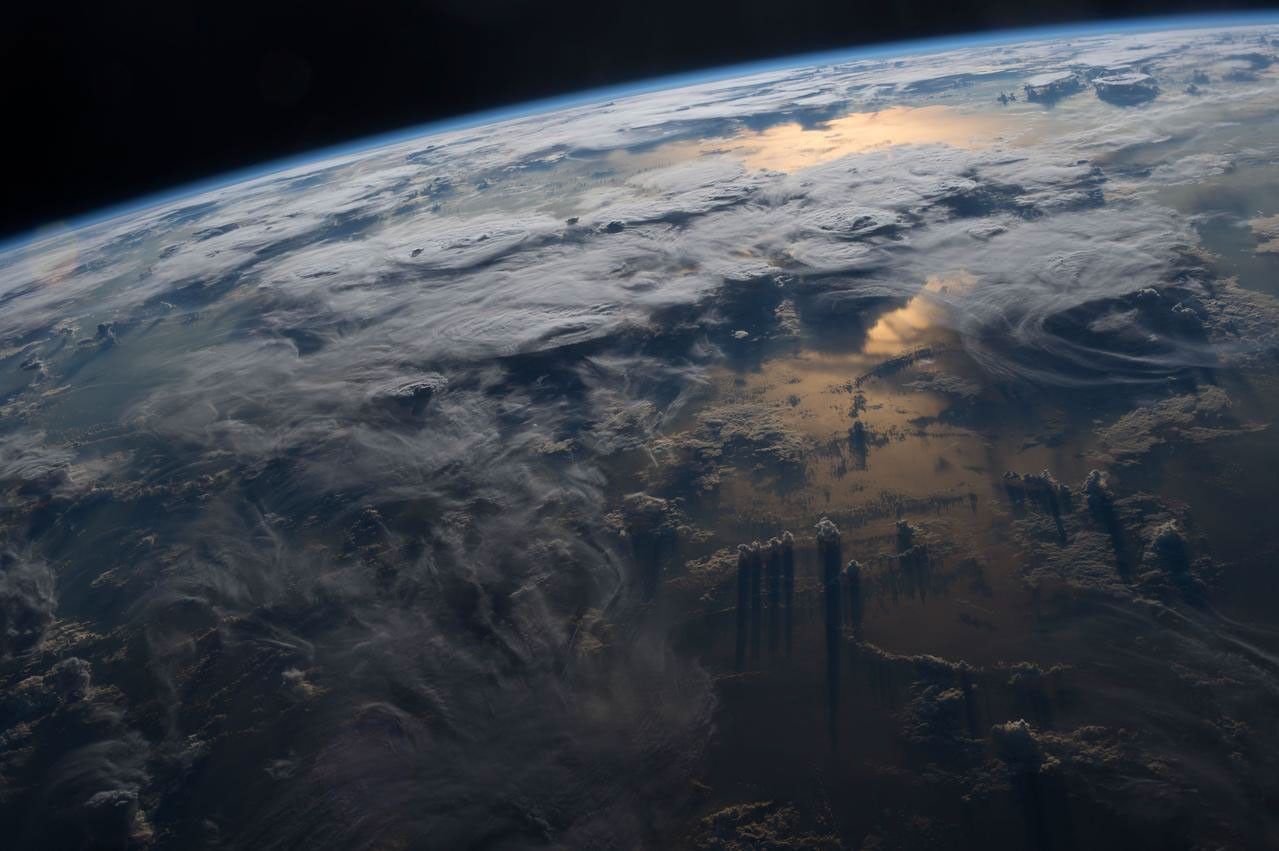

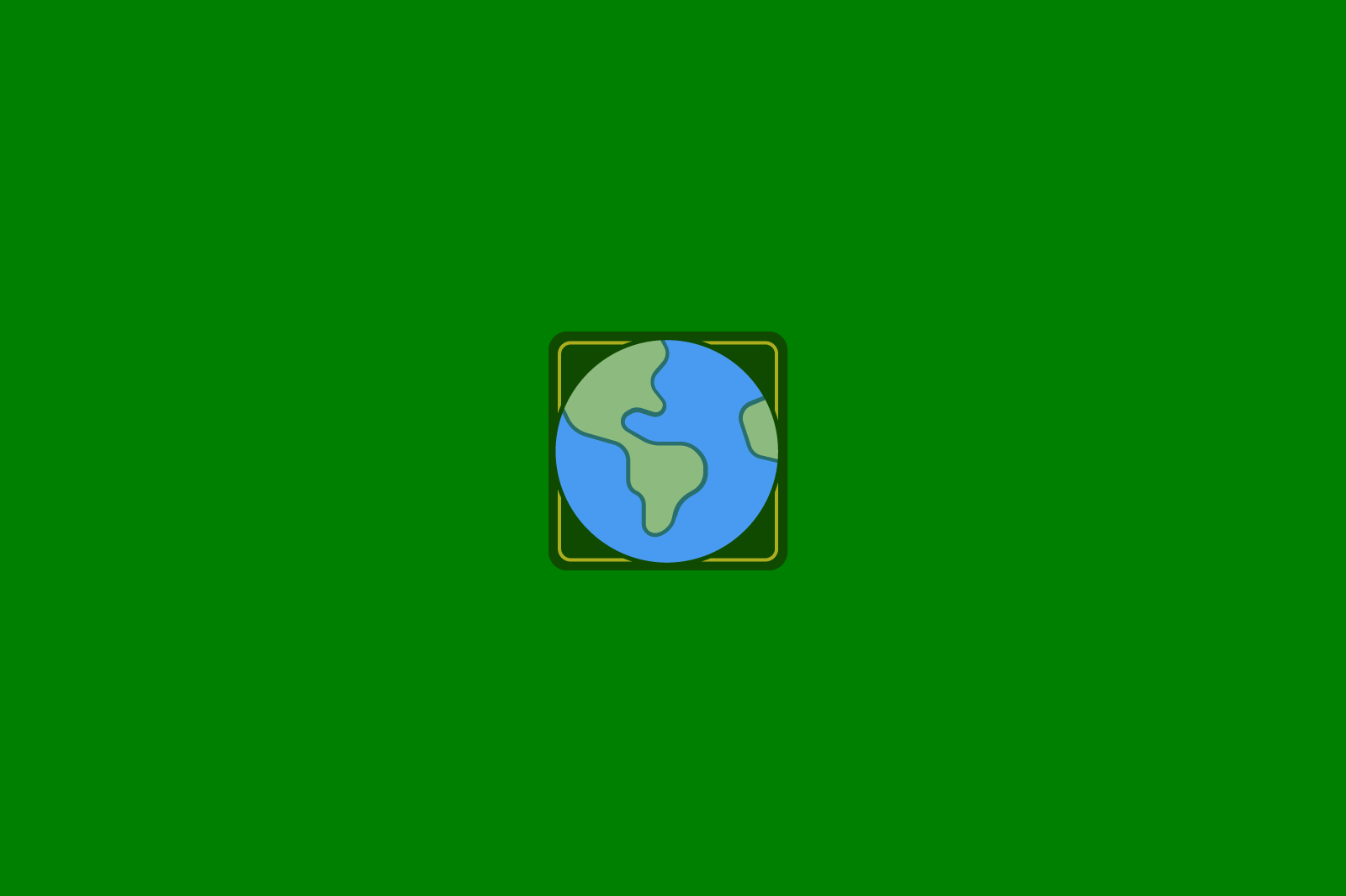
A Guide to Climate Change
Have you heard people talking about climate change? Ever wondered what it is? NASA scientists have been studying Earth for more than 60 years. We used what we’ve learned in that time to answer some questions about it below!
What is the difference between weather and climate?
The main difference is time. Weather describes the conditions outside right now in a specific place. For example, if you see that it’s raining outside right now, that’s a way to describe today’s weather. Climate, on the other hand, is more than just one or two rainy days. Climate describes the weather conditions that are expected in a region. A region’s climate is determined by observing its weather over a period of many years. Generally 30 years or more is used.
Click here to learn more about the difference between weather and climate!
What is climate change?
Climate change describes a change in the average conditions over a long period of time. These include changes to things like temperature or rainfall. When changes happen that impact the entire planet, it is called global climate change. These changes include warming global temperatures and shifts in precipitation.
Click here to learn more about climate change!
Is Earth getting warmer?
Scientists have been observing Earth for a long time. They use satellites and other instruments to collect information about Earth. This information tells us that Earth is getting warmer.
Click here to learn more about how we know the climate is changing!
Why is Earth warming?
Certain gases in Earth's atmosphere trap the heat from the Sun near the surface — a process known as the greenhouse effect. This process keeps Earth’s surface warmer than it would be without it. The greenhouse effect increases on Earth when greenhouse gases are added to the atmosphere, warming the planet. Scientists have found that over the last 100 years extra greenhouse gases have mainly come from things like burning coal and oil for energy or burning gasoline to run cars and planes.
Click here to learn more about the greenhouse effect!
How is the carbon cycle connected to climate change?
Carbon is found all around Earth, including inside us. It moves around Earth as part of the carbon cycle. One way carbon travels is in the form of carbon dioxide, a greenhouse gas in the atmosphere. Carbon dioxide traps some of the heat from the sun, warming the planet. However, the more carbon dioxide there is, the hotter the planet becomes, which can affect weather patterns, sea levels, and more.
Click here to learn more about carbon!
How do scientists know about past climates?
To better understand how changes today compare to those in the past, scientists have to dig a little deeper. Earth keeps its own climate record for us through things that have been around a really long time. These are things like the bottom of the ocean or the Greenland and Antarctic ice sheets. Over time, these places build layers that capture information from when they formed. Scientists will drill down and take cylinder-shaped samples. These are known as sediment cores and ice cores.
Click here to learn more about how we know the climate is changing!
How does climate change impact Earth?
Some parts of Earth are warming faster than others. But on average, global air temperatures have gone up more than 2 degrees Fahrenheit in the past 100 years. As Earth continues to warm, it impacts Earth’s weather and climate. Scientists have already observed changes in several ways. The warmer temperatures have led to more intense and more common heat waves. Melting ice sheets and glaciers and ocean warming have led to sea level rise along the coast. And changes in rainfall have made droughts and floods more intense.
Click here to learn more about how we know the climate is changing!
What impacts does climate change have on the ocean?
As Earth’s atmosphere warms, so does the ocean. This impacts plants and animals that live in the ocean. It also causes the sea level to rise. This is mainly because of two reasons. First, water expands as it gets warmer. So warm water takes up more space in our oceans, and leads to a higher global sea level. Second, melting ice on land flows into the ocean adding water to it. This also causes the sea level to rise.
Click here to learn more about how we measure sea level!
How are scientists studying Earth?
Scientists use instruments in space, on airplanes, and the ground to track Earth. These can be things like weather stations or even space lasers that measure the height of land and ice. NASA’s Earth observing satellites collect information about our planet, including details about the atmosphere, water, and land. By looking at this information, scientists can see how Earth is changing over time.
Click here to learn more about why NASA studies Earth!















